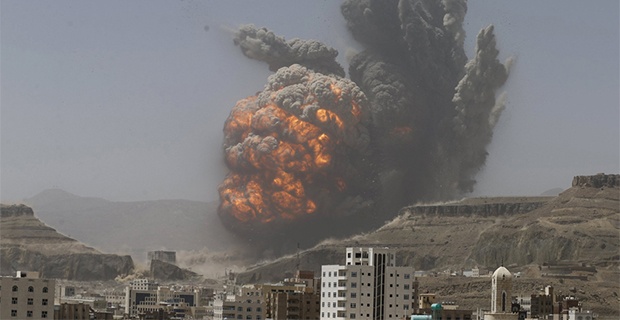The Responsibility of States Indirectly Involved in an Armed Conflict to Provide Medical Care
A Contemporary Challenge for the Classification of Armed Conflicts

Framing Research Question
What is the legal responsibility of states indirectly involved in an armed conflict (i.e. providing material support to a warring party) to provide medical care for affected civilians and combatants in conflict settings under the Geneva Conventions/international humanitarian law? What national responsibility does a state undertake by working in a coalition with other actors?
In determining the legal responsibility of a state indirectly involved in an armed conflict to provide medical care for affected civilians and combatants, several fundamental questions arise. The research presented here is organized in order to address some of these questions first, before looking into the possible parameters for the provision of medical care for affected civilians and combatants. They include the following, and will be addressed in order: when is a state, or non-state armed group, a party to a conflict? It is necessary to determine the parameters for when a state’s or non-state armed group’s involvement in a conflict constitutes it being a party to the conflict, such that the various responsibilities and obligations under international humanitarian law become applicable to that party. This research then examines the parameters for what constitutes the provision of medical care for affected civilians or combatants.

